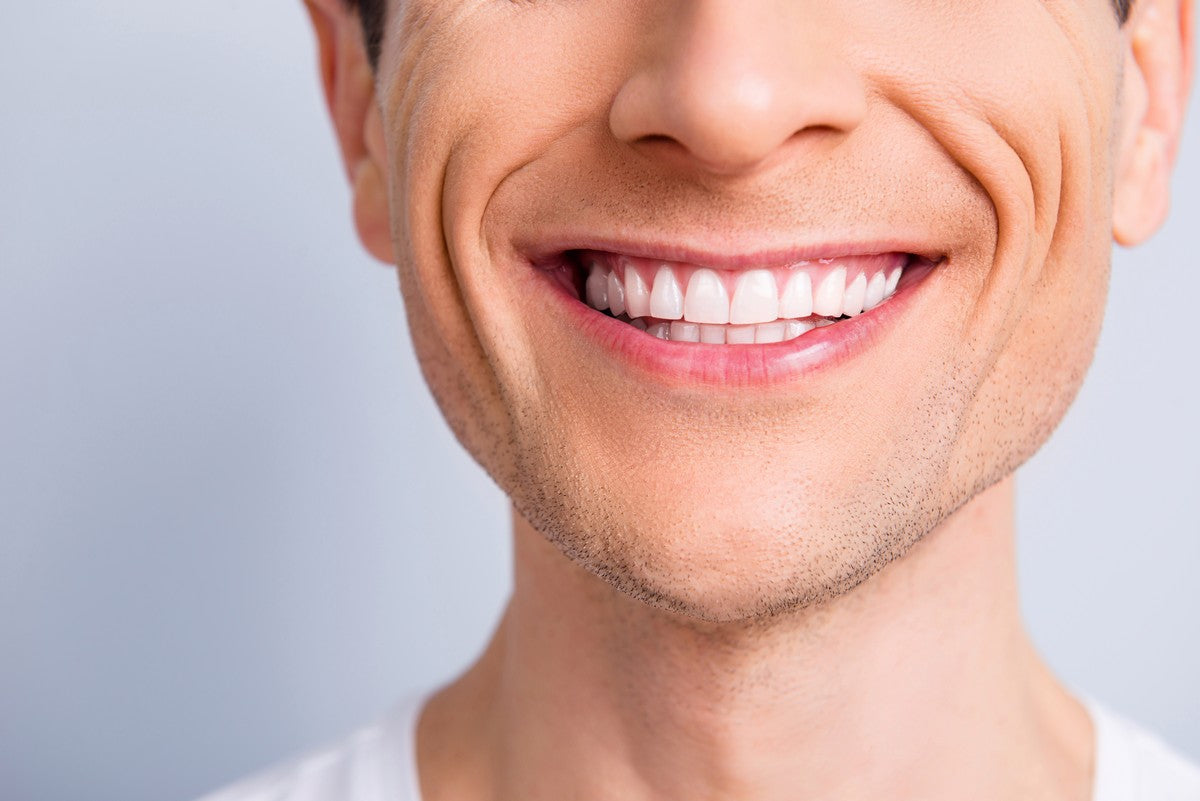
Smile lines.
They’re proof you’ve laughed, smiled, and lived — but sometimes, they can make you look more tired or older than you feel. And while they’re totally normal (and honestly kind of sweet), you might be wondering if there’s a way to soften them up.
Let’s talk about it.

What Are Smile Lines, Anyway?
Smile lines (a.k.a. nasolabial folds) are those little curves that run from the sides of your nose to the corners of your mouth. Everyone has them, but they tend to get deeper with age thanks to a mix of facial expressions, collagen loss, and changes in your skin’s structure (Wang & Hantash, 2014).
Some people love them as “happy lines.” Others? Not so much.
Why Do They Show Up?
Here’s the quick science:
-
Repetitive movement
Smiling, talking, laughing — all those moments crease the same spot over and over. Over time, the crease sticks around (Butterwick & Sadick, 2019). -
Collagen + elastin loss
These proteins keep your skin firm and springy. Around your mid-20s, production starts to slow down (Sherratt, 2013). -
Volume loss
As we age, our cheeks lose some of their natural fat and bone support, so skin folds more easily.
How to Soften Smile Lines
Here’s what actually works — no magic wands or fairy dust involved.
-
Keep skin hydrated
Dry skin = lines that look deeper. A good hyaluronic acid serum can give you that instant plump (Papakonstantinou et al., 2012).
-
Use retinoids for long-term results
Retinoids help your skin make more collagen, which can smooth lines over time (Gold & Roberts, 2020). Start slow — they can be irritating at first.
-
Add peptides + niacinamide
Peptides support skin repair, and niacinamide boosts elasticity (Lee & Kim, 2019).
-
Try facial exercises
Facial yoga can tone the muscles under your skin (Hester et al., 2018).
-
Consider pro treatments
Fillers, microneedling, and laser resurfacing can give more dramatic results — but always see a licensed pro.
How Fast Will You See Changes?
-
Hydration-based fixes (like hyaluronic acid) work almost instantly, but the effect fades in a day or two.
-
Collagen-boosting actives (like retinoids and peptides) can take months to show visible results.
-
In-office treatments can be quick but usually need maintenance.
Ingredients Worth Your Time
When you’re scanning product labels, look for:
-
Retinol – speeds up cell turnover + collagen boost (Gold & Roberts, 2020)
-
Acetyl Hexapeptide-8 – helps relax expression lines (Lupo, 2021)
-
Niacinamide – smooths and strengthens skin (Lee & Kim, 2019)
-
Hyaluronic Acid – plumps up skin by holding onto water (Papakonstantinou et al., 2012)

Are They Safe?
Mostly, yes — but a few things to keep in mind:
⚠️ Retinoids can be irritating — especially if you’re new to them.
⚠️ Avoid certain actives if you’re pregnant or breastfeeding (always ask your doctor first).
⚠️ Professional treatments should only be done by qualified providers.
Smile Lines: Keep or Treat?
Here’s the real talk:
✅ You can make them softer.
✅ You can prevent them from deepening as fast.
❌ You can’t stop them completely — they’re part of how we express ourselves.
The best “treatment” is the one that makes you feel good — whether that’s embracing them fully, keeping them subtle, or somewhere in between.
Final Thoughts
Smile lines tell your story. But if you want to smooth them out, you’ve got options — from quick hydration boosts to collagen-boosting routines to in-office magic. Just remember: consistency is key, and no one notices them as much as you do.
check out our Honeydew Labs Hydrogel Wrinkle Patches—available now on Amazon USA and Canada.

Want to try using wrinkle patches but not sure if they actually work? Check out this blog here.
Disclaimer
This article is for informational purposes only and isn’t a substitute for professional medical advice. Always check with a dermatologist before trying new products or treatments, especially if you have sensitive skin, allergies, or are pregnant.
References
Butterwick, K. J., & Sadick, N. S. (2019). Facial aging: Prevention and correction with minimally invasive procedures. Journal of Drugs in Dermatology, 18(5), s112–s118.
Gold, M. H., & Roberts, B. (2020). Retinol and its impact on collagen production: A clinical review. Dermatological Advances, 18(2), 23–37.
Hester, J., Poindexter, G., & Nye, J. (2018). The effects of facial exercise on skin rejuvenation. Aesthetic Surgery Journal, 38(8), 882–890.
Lee, J., & Kim, S. (2019). The effects of niacinamide on hyperpigmentation and skin barrier function. International Journal of Cosmetic Science, 14(4), 67–82.
Lupo, M. P. (2021). The role of peptides and growth factors in anti-aging skincare. Journal of Clinical Dermatology, 12(3), 45–58.
Papakonstantinou, E., Roth, M., & Karakiulakis, G. (2012). Hyaluronic acid: A key molecule in skin aging. Dermato-Endocrinology, 4(3), 253–258.
Sherratt, M. J. (2013). Tissue elasticity and the ageing elastic fibre. Age, 35(3), 651–663.
Wang, F., & Hantash, B. M. (2014). Facial aging: Pathogenesis, prevention, and treatment. Clinics in Dermatology, 32(6), 753–760.
Written by
Honeydew Labs Team















